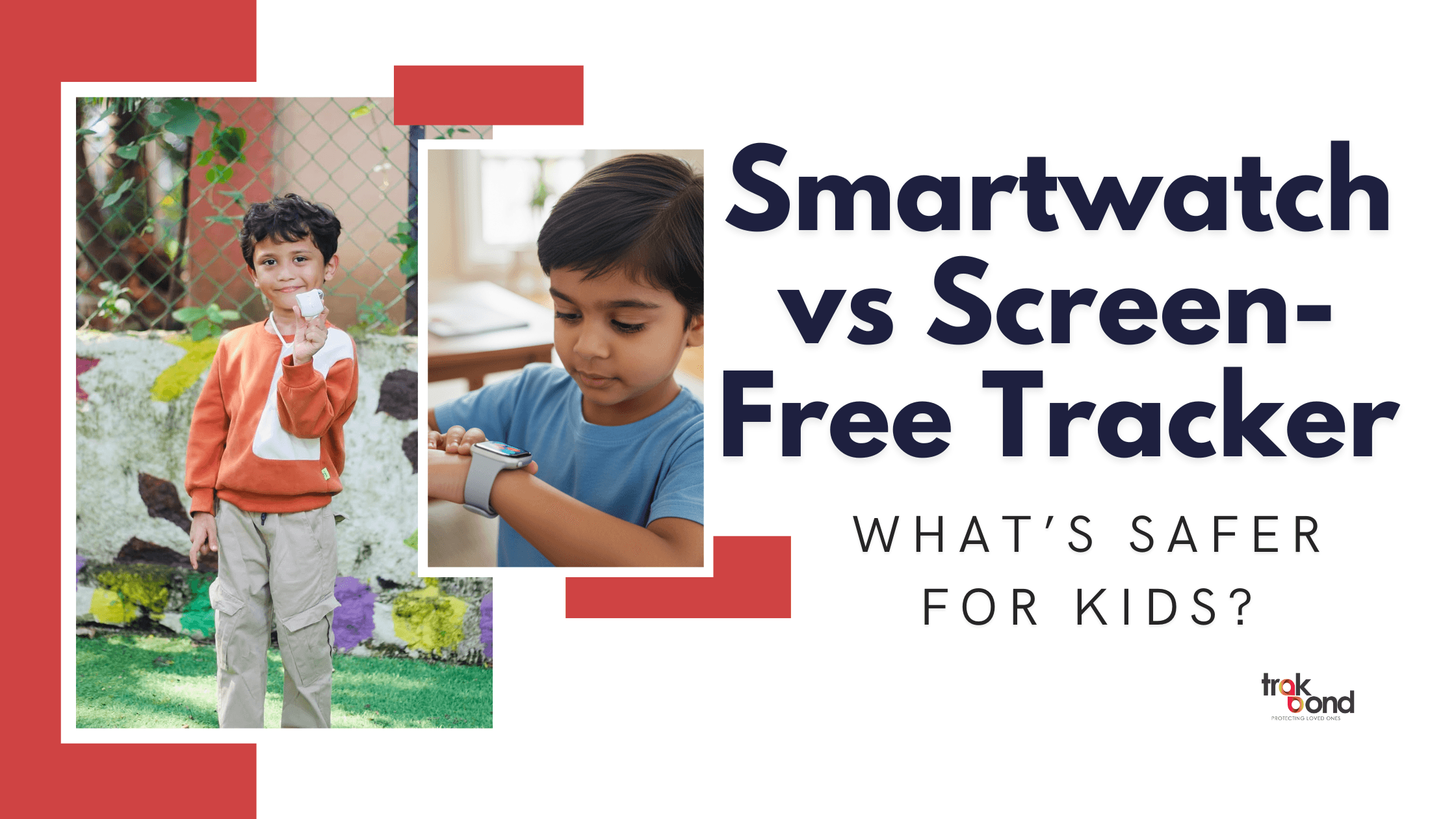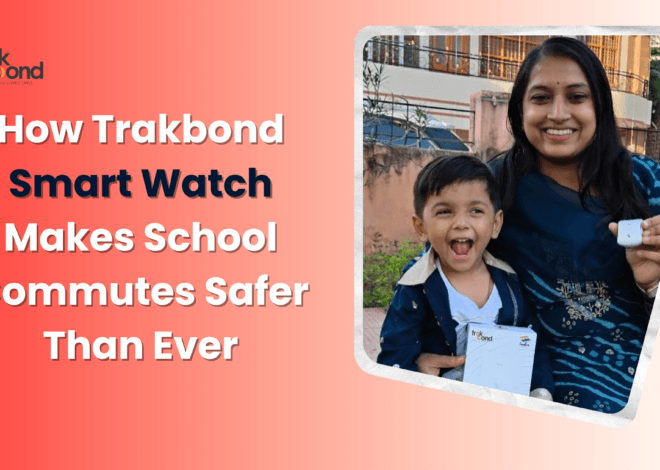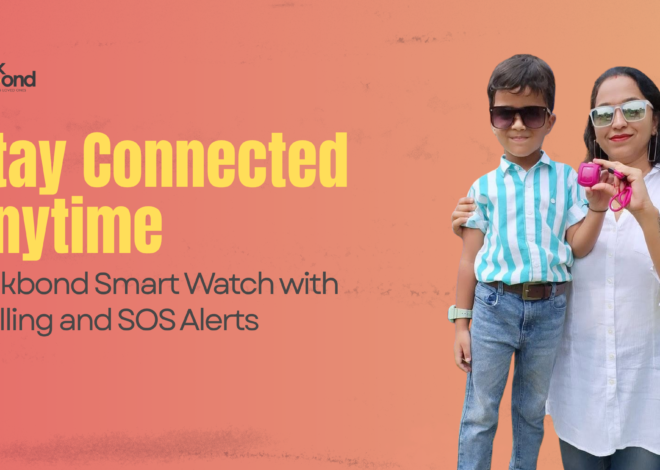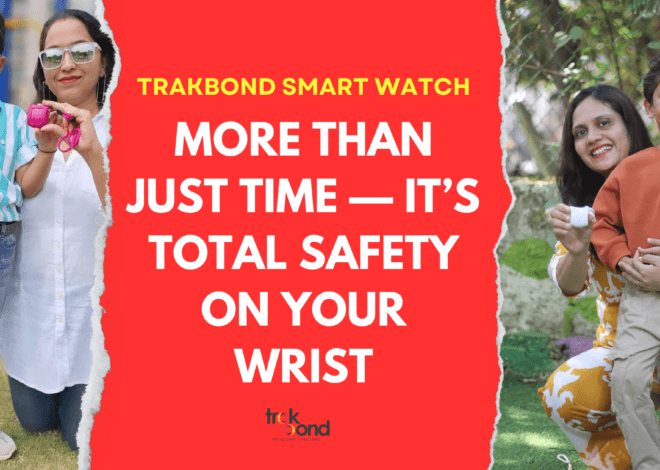
Smartwatch vs Screen-Free Tracker: What’s Safer for Kids?
In today’s connected world, ensuring the safety of children has become more critical than ever. Parents are increasingly turning to wearable devices to keep tabs on their kids, but the choice between a smartwatch and a screen-free GPS tracker can be confusing. Both options offer location tracking, but their impact on a child’s focus, privacy, and overall safety differs significantly. This article compares these devices to help parents make an informed choice.
Why Parents Consider Wearables for Kids
Wearable devices for children offer peace of mind by allowing parents to track their child’s location in real-time. Beyond location tracking, smartwatches often provide calling, messaging, and app functionalities, while screen-free GPS trackers focus purely on safety. The key concern for parents is not just knowing where their child is, but also ensuring the device promotes safety without creating distractions or compromising privacy.
Smartwatch vs Tracker: The Core Differences
Smartwatches are essentially mini-computers on your child’s wrist. While they can perform multiple functions like games, messaging, and even social apps, these features can distract children from schoolwork or outdoor play. In contrast, GPS trackers without screens are designed solely for safety—tracking location, sending alerts, and offering emergency assistance—without exposing children to unnecessary digital distractions.
Comparison Table: Smartwatch vs Screen-Free Tracker
| Feature | Smartwatch | Screen-Free GPS Tracker |
| Battery Life | 1–2 days (frequent charging) | 5–10 days (long-lasting) |
| Distractions | High (games, messaging, apps) | Low (no screen, no apps) |
| Safety | Moderate (depends on usage) | High (location-focused) |
| Screen Exposure | Yes, can affect sleep & focus | No, encourages mindfulness |
| Cost | Higher (smart features) | Moderate (focused on safety) |
As the table shows, screen-free trackers have a clear advantage in terms of battery life, minimizing distractions, and focusing solely on child safety. Smartwatches, while multifunctional, introduce screen time that can affect attention span and cognitive development.
Benefits of Screen-Free GPS Trackers for Kids
- Longer Battery Life
Screen-free trackers consume less power since they don’t support apps or displays. This ensures that parents can rely on the device for longer periods without constant charging. - Reduced Distractions
Without notifications, games, or messaging features, children stay focused on studies and outdoor activities. This encourages better concentration, productivity, and mindfulness. - Enhanced Safety
Screen-free trackers prioritize safety. Real-time GPS updates, geofencing alerts, and SOS functionalities ensure parents can quickly respond in emergencies. - Privacy Protection
Children are less exposed to digital content and online interactions, lowering the risk of online bullying or inappropriate content. - Durability and Practicality
These trackers are lightweight, often water-resistant, and designed to withstand active play, making them ideal for school and outdoor use.
When a Smartwatch May Be Useful
While screen-free trackers excel in safety, smartwatches can be helpful in certain scenarios:
- For older kids who need to stay connected for brief communication.
- If parents want activity tracking (steps, heart rate) along with location.
- For children who require educational apps that integrate learning with wearable technology.
However, these benefits come at the cost of higher screen exposure and potential distractions, which is why they may not be ideal for younger children or school settings.
Key Considerations for Parents
- Age of the Child: Younger children benefit more from screen-free trackers due to less distraction.
- Daily Routine: If a child spends long hours at school or in extracurricular activities, a tracker ensures continuous monitoring without interruption.
- Budget: Screen-free trackers often offer a better balance of safety features and affordability.
- Emergency Features: Look for SOS buttons, geofencing, and instant alerts.
How Trakbond Supports Child Safety
Trakbond specializes in screen-free GPS trackers, designed to maximize child safety without compromising focus or well-being. With long battery life, lightweight design, and real-time tracking, parents can rest assured knowing their child’s safety is prioritized. Unlike smartwatches, Trakbond devices eliminate screen distractions, helping children remain engaged in school, play, and family activities while staying secure.
FAQ – Smartwatch vs Screen-Free Tracker
Q1. Which is safer for children, a smartwatch or a screen-free GPS tracker?
A: Screen-free GPS trackers are generally safer as they focus solely on location tracking and emergency alerts, reducing distractions and screen exposure.
Q2. Can a smartwatch distract children from studies?
A: Yes, smartwatches with messaging, games, or social apps can divert a child’s attention, affecting concentration and school performance.
Q3. How long does the battery last on a screen-free tracker?
A: Most screen-free GPS trackers last 5–10 days on a single charge, significantly longer than typical smartwatches.
Q4. Are screen-free trackers suitable for school use?
A: Absolutely. Their discreet design, no-screen functionality, and safety alerts make them perfect for classroom settings without causing disruptions.
Q5. Do screen-free trackers offer real-time location tracking?
A: Yes, they provide instant GPS updates, geofencing alerts, and SOS features, allowing parents to monitor their child’s safety effectively.
Q6. Are screen-free trackers more affordable than smartwatches?
A: Generally, yes. Since they focus on core safety features without additional apps or screens, they provide excellent value for child safety.
Q7. Can older children benefit from smartwatches?
A: Older kids may use smartwatches for communication, fitness tracking, or learning apps, but parents should monitor screen time carefully.
Conclusion
Choosing between a smartwatch vs tracker depends on your child’s age, routine, and need for connectivity. For younger children, screen-free GPS trackers like those from Trakbond are a clear winner, offering superior safety, longer battery life, and minimal distractions. Smartwatches may be suited for older kids who require limited connectivity or educational apps, but parents must weigh the risks of screen time.
Ultimately, the goal is simple: maximize safety while minimizing distractions. With the right device, parents can ensure peace of mind and children can enjoy a safer, more focused childhood.



